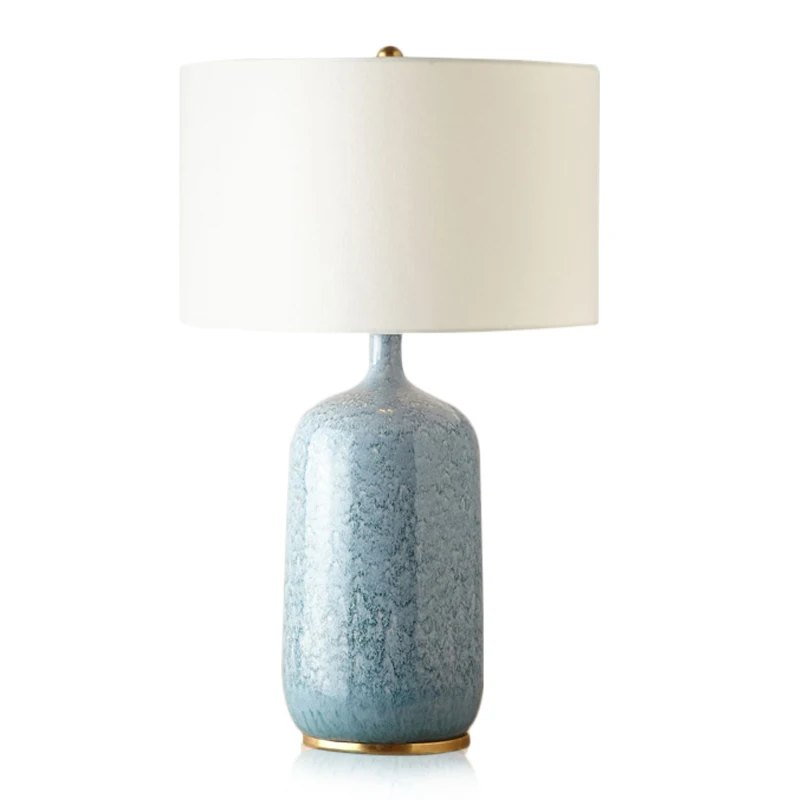
LEAFLETS
PRODUCTS
Evolution Of The Everyday Essential The Trolley Handle A Deep Exploration Of Its Design History From Basic Functionality To Modern Ergonomic Marvels
From Crude Beginnings: Early Trolley Handles and Their Limitations
The earliest iterations of the trolley handle were as simple as they were functional. Imagine the first shopping carts, likely made of basic wire or rudimentary metal rods. These early handles served their primary purpose – allowing for the movement of goods – but offered little in the way of comfort or ergonomic consideration. The design was purely utilitarian, focused solely on the mechanical function of pushing or pulling the cart. Grip was often awkward, and prolonged use could lead to discomfort and even hand strain. The materials used were often unforgiving, cold to the touch, and prone to rust or damage. The absence of any thoughtful design consideration reflected the overall industrial landscape of the time, where functionality trumped aesthetics and user experience.
As technology and manufacturing processes improved, early handles transitioned from simple wire constructs to more robust metal tubing. This offered increased durability and strength, allowing for the transport of heavier loads. However, the core design principle remained largely unchanged. Comfort and ease of use were secondary concerns, and the handle's form largely dictated by the constraints of readily available materials and manufacturing techniques. The lack of ergonomic considerations resulted in a design that, while functional, was far from optimal for the user.
The Rise of Plastics and the Introduction of Ergonomic Principles
The introduction of plastics into the manufacturing process marked a significant turning point in the design of the trolley handle. Plastics offered a number of advantages over metal: they were lighter, more durable, and could be molded into a wide range of shapes and sizes. This allowed for a significant departure from the purely functional designs of the past. Designers began to experiment with curved handles, incorporating ergonomic principles to improve grip and reduce strain on the user’s hand and wrist.
The shift towards ergonomics was not merely an aesthetic improvement; it was driven by a growing awareness of the importance of user comfort and the potential for repetitive strain injuries associated with prolonged use of poorly designed tools. Studies into hand anatomy and biomechanics informed the design of handles that better accommodated the natural curvature of the hand, reducing pressure points and distributing weight more evenly. This led to a proliferation of designs featuring contoured grips, textured surfaces for improved grip, and even integrated hand rests for added comfort during prolonged use.
Modern Innovations: Materials, Technology, and Sustainability
Contemporary trolley handle designs continue to push the boundaries of ergonomics and material science. Advanced polymers and composites are now frequently employed, offering exceptional strength, durability, and resistance to wear and tear. These materials can also be easily recycled, addressing growing concerns about environmental sustainability. The use of rubberized or soft-touch coatings further enhances grip and comfort, reducing the risk of slippage and mitigating potential hand fatigue.
Technological advancements have also impacted trolley handle design. For example, integrated sensors and electronics are being incorporated into some handles, providing features such as weight measurement, product identification, and even mobile payment functionalities. These smart handles transform the simple act of shopping into a seamless and technologically integrated experience. Designers are increasingly experimenting with new materials and manufacturing techniques, striving for even greater levels of comfort, durability, and sustainability.
The Future of the Trolley Handle: A Continuous Evolution
The evolution of the trolley handle is far from over. The ongoing pursuit of improved ergonomics, coupled with the continuous development of new materials and manufacturing processes, promises even more refined and innovative designs in the future. We can expect to see further integration of smart technologies, enhancing the user experience and potentially opening up entirely new possibilities for interaction with shopping carts and other similar equipment.
The future of the trolley handle likely lies in a combination of enhanced ergonomics, sustainable materials, and intelligent functionality. Designers will continue to explore new ways to optimize the handle's form and function, creating a more comfortable, efficient, and environmentally responsible solution for moving goods. The seemingly simple trolley handle, therefore, remains a testament to the ongoing interplay between human needs, technological innovation, and design ingenuity.
SUBSCRIBE
INQUIRY










